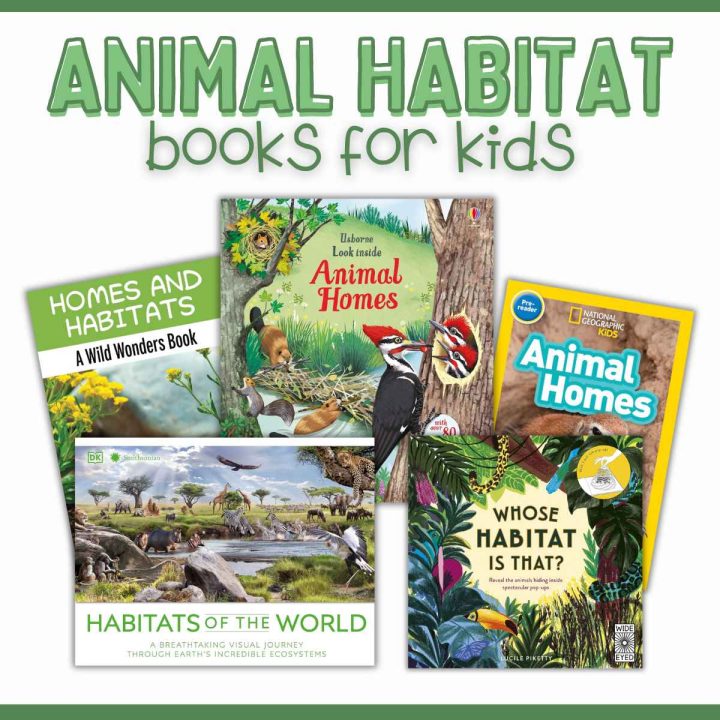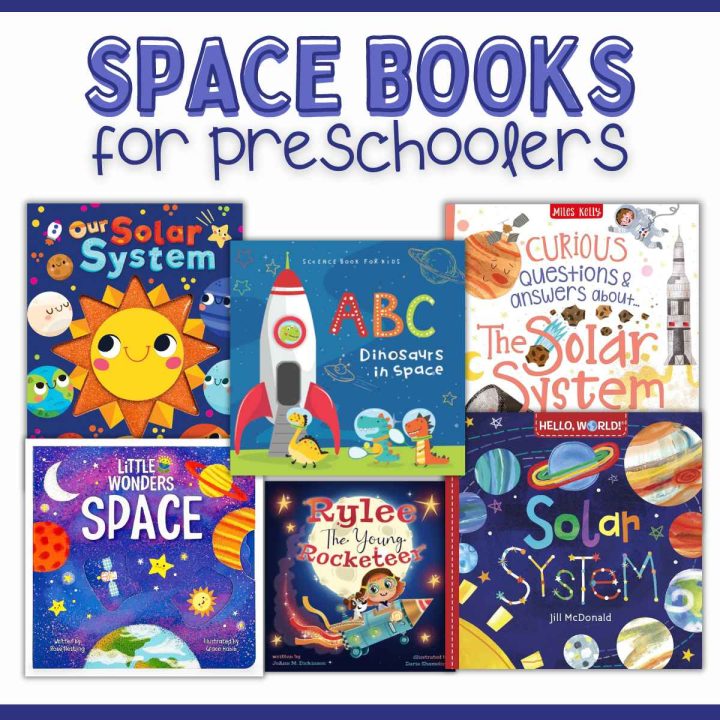CVC words are one of the most important building blocks in a child’s phonics journey. When kids begin to learn how to read, they need simple, predictable word structures that help them connect letter sounds to written words.
That’s why your pack of CVC Words Pop Activity Worksheets is such a valuable resource. With 25 worksheets focused on short, consonant-vowel-consonant words, this set is ideal for young learners who are just beginning to decode words and gain confidence as readers.
Jump to:
These worksheets are designed to support early phonics practice in a fun and engaging way. Each worksheet provides structured, hands-on opportunities for children to recognize, say, and build CVC words.
The "pop" format adds a playful element to the process, encouraging participation and excitement. Whether a child is learning at home, in a preschool classroom, or in a homeschool setting, this pack offers a low-prep, high-value way to strengthen foundational reading skills.

How Can I Use these CVC Words Pop it Worksheets?
So how exactly can these worksheets be used? There are many different ways to incorporate them into a child’s daily literacy routine.
One of the most common and effective methods is to use the worksheets as part of a phonics center or morning literacy warm-up. As children arrive at school or begin their day at home, they can complete one worksheet at a time, focusing on a specific vowel sound or word family.
For example, a worksheet might focus on the “-at” family with words like cat, bat, and hat. The repetition of this word pattern allows children to develop a deeper understanding of how letters and sounds work together to form words.
These worksheets can also be used during small group instruction. A teacher or parent can sit with a few students and work through the activity together. This is a great opportunity to model how to sound out each letter, blend the sounds together, and then say the full word.
Team up this free download with these phonics flash cards. They're unlike any basic flashcards.
They're created And recommended By teachers and come with Level 1 phonics for kindergarten + cvc words blending; Level 2 consonant blends + digraphs; Level 3 long vowels + diphthongs; Level 4 trigraphs + silent letters.
For instance, the word “dog” becomes “/d/ /o/ /g/ – dog.” Children begin to see the connection between individual letter sounds and whole words. The pop activity format keeps it interactive, allowing children to feel like they are playing a game rather than doing a traditional worksheet.
The worksheets are also wonderful for independent practice. Once children have been introduced to a specific set of CVC words, they can use the worksheets to reinforce what they’ve learned.
Each activity is designed to be age-appropriate and visually engaging, so children can work on them with minimal supervision. This kind of independent practice helps build confidence and allows children to take ownership of their learning.
Another way to use the worksheets is during intervention time. For children who are struggling with phonemic awareness or decoding, the clear and focused format of these CVC word activities can provide the extra support they need.
Because each worksheet targets a specific phonics skill, educators and parents can use them to reinforce weak areas or give children extra repetition where it’s most needed.
How these Worksheets Can Help
What makes these worksheets especially effective is the way they blend multiple early literacy skills into a single activity.
Each page asks children to identify the beginning, middle, and ending sounds of a word, blend the sounds together, and recognize the written word. This multi-step process helps solidify phonemic awareness, spelling, sound-symbol correspondence, and reading fluency all at once.
The pop activity format adds a kinesthetic element too—whether it’s circling, coloring, cutting, or moving their hands in response to the task, children are actively engaged in their learning.
The worksheets also offer opportunities for vocabulary development. For example, when a child works on a word like “sun,” they might talk about what the sun does or where they’ve seen it.
These natural discussions build background knowledge and language skills. Encouraging children to use each CVC word in a sentence, either verbally or in writing, can extend the activity and help with comprehension.
How Can I Use These Worksheets?
These worksheets are versatile enough to be used with a variety of teaching methods and learning styles.
- For visual learners, the clear layout and picture cues make the tasks easy to follow.
- For auditory learners, reading the words out loud and sounding them out reinforces their skills.
- Kinesthetic learners benefit from the interactive and hands-on nature of the pop activities.
- The pack can even be adapted for ESL learners or students with learning differences by adjusting the pace, adding extra visual supports, or pairing the activity with oral instruction.
Using these CVC Pop it Worksheets
Parents love using these worksheets at home because they are simple, engaging, and aligned with what children are learning at school. They can be added to literacy notebooks, used in morning routines, or offered as quiet time activities.
Teachers appreciate that they are print-and-go, require no prep, and are flexible enough to use in literacy centers, guided reading groups, or for homework. Whether you're working with an individual child or an entire classroom, this 25-worksheet pack provides everything needed to reinforce early phonics and build CVC word fluency.
One of the most important aspects of early reading instruction is consistency. These worksheets can be used daily, with each one targeting a specific vowel sound or word family.
Pre-sharpened number 2 beginner pencils for writing and drawing; Easy to hold for small hands, perfect for kindergarteners and preschool writers aged 6-10
This consistency helps young readers feel successful and begin to recognize patterns in words, which is a huge milestone in early literacy development. When a child realizes that if they can read "hat," they can also read "cat," "bat," and "mat," it opens the door to a whole world of reading possibilities.
Additionally, these activities can be paired with other phonics tools like letter tiles, magnetic letters, mini whiteboards, or digital apps for a blended learning experience.
Children can build the words physically before recording them on the worksheet. This allows them to manipulate the letters and reinforce the structure of each word before moving into writing and reading.












Comments
No Comments